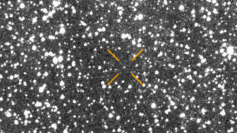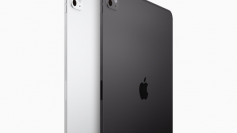NASA's On a Mission podcast recently discussed NEO (near-Earth object) asteroids, reminding the public that the Earth is at the center of a "cosmic shooting gallery." Despite an increase in discovery rates of asteroids and advancements in technology, however, the agency still needs "more hands on deck" to identify monster asteroids large enough to wipe out the entire population.
Leslie Mullen, the podcast's host, along with guest astronomer Greg Leonard, talked about the threat asteroids pose and the scientists charged with protecting Earth from a fatal impact.
According to Mullen, Earth is constantly being pelted with numerous asteroids on a daily basis, but these rocks are often too small to be noticed with some hardly penetrating the atmosphere. However, the host quickly noted that our planet is in a position wherein space rocks fly by, so there's always a possibility of killer asteroids making its way to Earth.
"The truth is, our planet is in the middle of a cosmic shooting gallery," Mullen said. "Asteroids often fly by and most of them burn up in the atmosphere, and sometimes, we see them as meteor showers or shooting stars."
NASA have already identified monstrous asteroids capable of wiping out millions of people, but none of these are on a direct collision path to Earth. However, Leonard believes that humanity needs to do something now to stop a planet-killer asteroid from crashing into Earth.
NASA have previously stated that the Earth is safe from monster asteroids, at least for now, but Mullen insisted that there should be an increase in public awareness regarding the presence asteroids the size of mountains that have not been identified or detected yet by the space agency.
The host said that while we are all currently safe from planet-killer asteroids, there's always a possibility of the planet getting hit. She urged the public to worry about killer asteroids "large enough to take us out," given NASA haven't found all asteroids directly headed for Earth.
NEO asteroids are among the most dangerous items found in space, with NASA, along with other space agencies, keeping a close eye on these dangerous rocks. Asteroid 2019 SU3, which has caught the attention of the European Space Agency recently, is the latest of these asteroids believed to collide with Earth seven decades from now.
Asteroid 2019 SU3 was recently added to the ESA's Risk List due to the potential for it to collide with Earth on Sept. 16, 2084.



